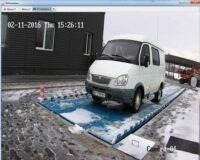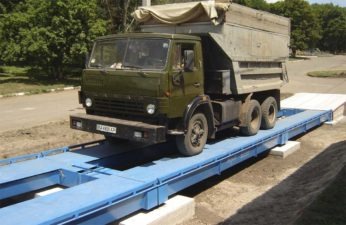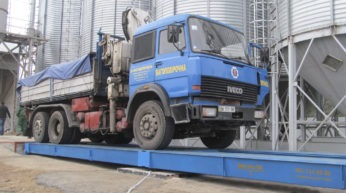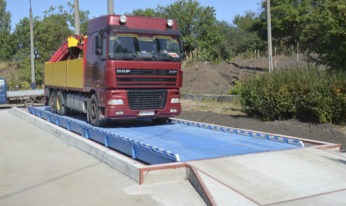AKV truck scales
-
Car weights:Constant Weight
-
Model:AKV
-
Load:from 40 to 100 t
-
Length:from 6 to 24 m
Truck scales and weighing of trucks are an essential component of any production process, from receiving raw materials to releasing finished products. The efficiency of the recycling process cannot be assessed without weighing and accounting. Today this is commonly called production accounting. In the case when the method of delivery of goods is road transport, the main accounting system is electronic vehicle scales. It is electronic scales that allow you not only to accurately determine the weight, but also to generate the necessary reports on received and released products.
Despite the relatively high cost, electronic car scales can pay for themselves fairly quickly. In order for the purchase of scales to be as effective as possible, it is necessary to take into account some factors:
- the presence of a straight section of the roadway in the area for the construction of scales (the type of foundation will depend on this: above-ground or foundation pit);
- type of vehicle being weighed (vehicles with a short wheelbase or long vehicles);
- intensity of weighing on scales (at high intensity of weighing, scale models with a minimum safety margin of the load-receiving platform will quickly fail);
- required maximum load of scales;
- required accuracy of weighing commodity flows;
- AKVtype of electronic equipment used in the scales (from the component manufacturer to the type of load cells – analogue or digital)
Electronic vehicle scales of all types must meet the requirements of dust and moisture resistance, shock resistance and withstand operating temperatures over a wide range. Based on functionality, scales are divided into static and dynamic.
With static weighing, the entire vehicle is placed on the load receiving platform, and the maximum weighing accuracy can be 0.02%.
When weighing dynamically, the car travels at low speed through a platform measuring 3000×1000 mm. This significantly reduces the cost of producing metal structures and making foundations. However, the accuracy of such weighing is no more than 1%.
According to the installation method, truck scales are divided into trestle scales (ramp) and pit scales (mortise scales). Each option for installing scales has its own advantages and disadvantages.
| Index | Meaning |
| 1. Accuracy class | middle |
| 2. Maximum weighing limit (Max), kg | 80 000 |
| 3. Smallest weighing limit (Min), kg | 400 |
| 4. Real division value (d) and verification division value (e), kg | 20 |
| 5. Limits of permissible error during initial verification/operation, kg: | |
| in the range from 400 kg to 10,000 kg | ± 10 / ± 20 |
| over 10,000 kg up to 40,000 kg | ± 20 / ± 40 |
| over 40,000 kg | ± 30 / ± 60 |
| 6. Operating temperature range, °C: | |
| strain gauges | от – 30 до + 45 |
| weighing terminal | от – 10 до + 40 |
| 7. The upper value of relative humidity of ambient air at a temperature of 25 ˚С is equal to 98% | |
| 8. Supply voltage and frequency, V; Hz | 220 (+22; –33); 50 ± 1 |
| 9. Power consumed by scales, W, no more | 50 |
| 10. Tare mass sampling range, % of Max | 0 – 100 |

 all products
all products

-
Manufacturer:Constant Wes
-
Equipment:Software "Car scales"



















 Main office:
Main office:  Phones:
Phones:  Mail
Mail 


